Table of content
Eight Treasure Tofu Soup, known in Chinese cuisine as Ba Bao Dou Fu Tang, is a beloved dish that embodies the essence of home-cooked comfort. This velvety, aromatic soup combines the delicate texture of silken tofu with a medley of colorful vegetables, proteins, and fragrant broth, creating a harmonious blend of flavors and textures. Often served during family gatherings or festive occasions, this dish is both visually stunning and deeply nourishing. While its name references “eight treasures,” the beauty of this recipe lies in its flexibility—you can adapt the ingredients to suit seasonal availability or dietary preferences. Below, we explore a step-by-step guide to crafting this timeless soup in your own kitchen, ensuring a bowl of warmth and satisfaction with every spoonful.
A Brief History of Eight Treasure Tofu Soup
The origins of Eight Treasure Tofu Soup trace back to ancient Chinese culinary traditions, where tofu was revered for its versatility and nutritional value. The concept of “eight treasures” reflects the philosophy of balance and abundance, symbolizing prosperity and good fortune. Each ingredient is chosen not only for its taste but also for its symbolic significance. For example, bamboo shoots represent longevity, while mushrooms symbolize fulfillment. Over centuries, this dish evolved from humble peasant fare to a staple in imperial courts, where chefs elevated it with rare ingredients like dried scallops or abalone. Today, it remains a testament to the art of simplicity—proving that even with humble beginnings, a dish can become a cherished masterpiece.
Why This Soup Stands Out
What sets Eight Treasure Tofu Soup apart is its ability to marry contrasting elements into a cohesive whole. The silken tofu, with its custard-like consistency, acts as a canvas for crunchy vegetables, chewy meats, and briny seafood. The broth, typically a clear and savory liquid infused with ginger and garlic, ties everything together without overwhelming the delicate flavors. Unlike heavier stews, this soup feels light yet satisfying, making it ideal for any season. Its adaptability also makes it a crowd-pleaser: vegetarians can omit meat and use vegetable broth, while meat-eaters can add chicken or pork for extra richness.
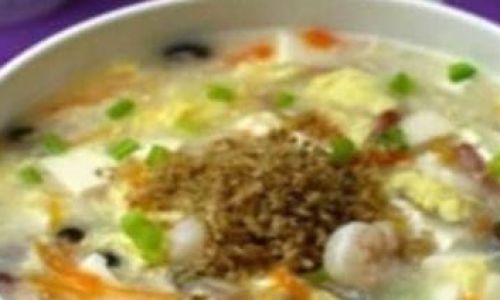
Ingredients: The Building Blocks of Flavor
To recreate this dish at home, gather the following ingredients. While traditional recipes call for eight specific components, feel free to adjust based on what you have on hand. The key is to maintain a balance of colors, textures, and flavors.
For the Broth:
- 6 cups low-sodium chicken or vegetable broth (homemade is best, but store-bought works)
- 4 cups water
- 2-inch piece of fresh ginger, peeled and thinly sliced
- 3 garlic cloves, smashed
- 1 tablespoon soy sauce (or tamari for gluten-free)
- 1 teaspoon sesame oil
- 1 teaspoon white pepper (optional)
For the “Treasures”:
- 1 block (14 oz) silken tofu, drained and cut into ½-inch cubes
- ½ cup cooked ham or Chinese-style barbecue pork (char siu), diced (optional; substitute with mushrooms for vegetarian)
- ½ cup fresh or frozen peas
- ½ cup diced carrots
- ½ cup diced bamboo shoots (canned or fresh)
- ½ cup wood ear mushrooms, rehydrated and sliced (or substitute with shiitake)
- ½ cup cooked shrimp, peeled and deveined (optional)
- ½ cup canned water chestnuts, drained and sliced
- ¼ cup cornstarch mixed with ¼ cup water (for thickening)
- 2 large eggs, lightly beaten
- 2 green onions, thinly sliced (for garnish)
- 1 tablespoon toasted sesame seeds (optional garnish)
Equipment Needed:
- Large soup pot or Dutch oven
- Chef’s knife and cutting board
- Mixing bowls
- Whisk or fork (for beating eggs)
- Ladle
Step-by-Step Instructions
Prepare the Broth
In a large pot, combine the broth, water, ginger, garlic, soy sauce, sesame oil, and white pepper (if using). Bring the mixture to a gentle simmer over medium heat. Do not boil vigorously, as this can cloud the broth. Let the broth infuse for 10–15 minutes to meld the flavors.
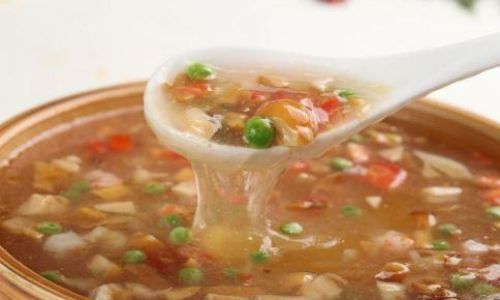
Prep the Ingredients
While the broth simmers, prepare your “treasures.” Dice the ham (or mushrooms), carrots, bamboo shoots, and water chestnuts into uniform pieces. If using frozen peas, rinse them under cold water to thaw slightly. Slice the green onions and set them aside for garnish.
Pro Tip: Uniformity in cutting ensures even cooking. Aim for pieces no larger than ½-inch to maintain texture consistency.
Assemble the Soup Base
Strain the broth to remove the ginger and garlic pieces. Return the broth to the pot and bring it back to a simmer. Add the diced ham (or mushrooms), carrots, bamboo shoots, and wood ear mushrooms. Cook for 5–7 minutes until the vegetables soften slightly.
Introduce the Tofu and Peas
Gently fold in the silken tofu cubes and peas. Stir lightly to avoid breaking the tofu. Simmer for an additional 3–4 minutes. The tofu will absorb the broth’s flavor without needing prolonged cooking.
Key Technique: Silken tofu is delicate. Use a rubber spatula to stir gently, moving from the bottom up to prevent crumbling.
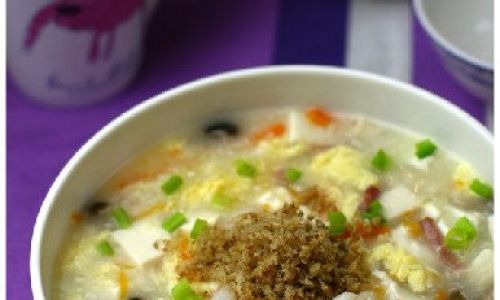
Thicken the Broth (Optional)
If you prefer a thicker soup, slowly pour the cornstarch slurry into the pot while stirring continuously. Continue simmering for 2–3 minutes until the broth reaches your desired consistency.
Add the Shrimp (If Using)
Stir in the cooked shrimp during the final 2 minutes of cooking. Overcooking shrimp will make it rubbery, so timing is crucial.
Create the Egg Ribbons
With one hand, slowly drizzle the beaten eggs into the simmering broth in a thin, steady stream. With the other hand, gently stir the soup in a circular motion to create delicate egg ribbons. This technique, called egg drop, adds visual appeal and a silky texture.
Final Seasoning and Garnish
Taste the soup and adjust seasoning with extra soy sauce or white pepper if needed. Ladle the soup into bowls and garnish with sliced green onions and sesame seeds.
Serving Suggestions
Eight Treasure Tofu Soup shines when paired with steamed jasmine rice, quinoa, or thin noodles. For a complete meal, serve it alongside stir-fried greens or dumplings. Leftovers can be refrigerated for up to three days; reheat gently to avoid curdling the tofu.
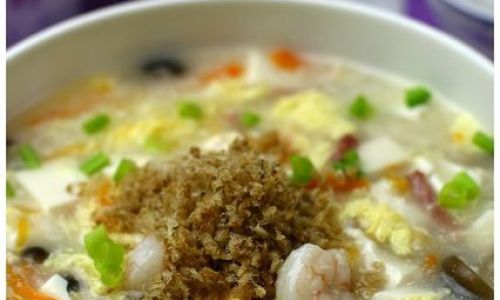
Customization Ideas
One of the joys of this recipe is its adaptability. Here are some variations to explore:
- Vegetarian Twist: Omit ham and shrimp. Use vegetable broth and add extra mushrooms or diced tofu for protein.
- Spicy Kick: Stir in a teaspoon of chili oil or sliced fresh chili peppers before serving.
- Seafood Lover’s Edition: Swap shrimp with crabmeat or scallops.
- Umami Boost: Add a splash of fish sauce or a pinch of dried shrimp for depth.
Nutritional Benefits
This soup is a nutritional powerhouse. Silken tofu is rich in plant-based protein, calcium, and iron, while vegetables like carrots and peas provide fiber and vitamins. The broth, especially when homemade, is low in calories but high in flavor, making this dish a guilt-free indulgence.
Troubleshooting Common Issues
- Cloudy Broth: Overboiling or not straining the ginger/garlic can cause cloudiness. Simmer gently and strain before adding ingredients.
- Broken Tofu: Handle silken tofu with care. If it crumbles, don’t worry—the soup will still taste delicious, though the texture will be slightly different.
- Bland Flavor: Ensure adequate seasoning. Taste and adjust with soy sauce, salt, or a pinch of sugar to balance acidity.
Conclusion
Eight Treasure Tofu Soup is more than a meal—it’s a labor of love that nourishes both body and soul. Whether you’re cooking for a family celebration or a quiet evening at home, this dish invites creativity and connection. By mastering the balance of ingredients and techniques, you’ll create a soup that’s as comforting as it is impressive. So gather your treasures, simmer a pot of broth, and savor the timeless magic of this Chinese classic. Your table (and taste buds) will thank you.
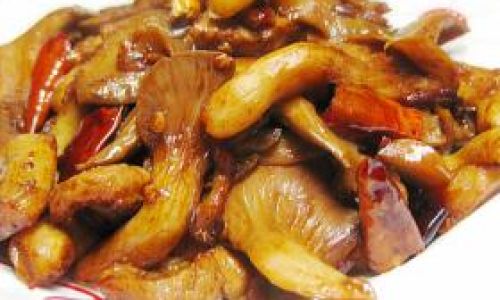
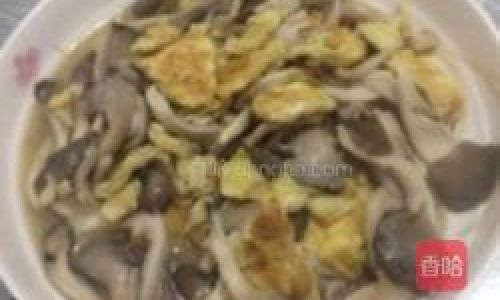
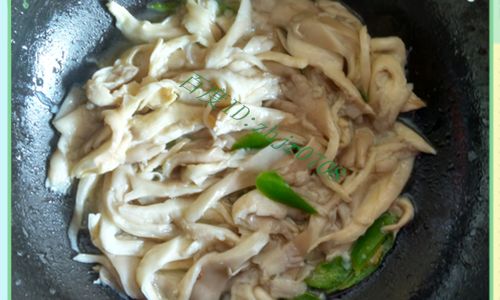

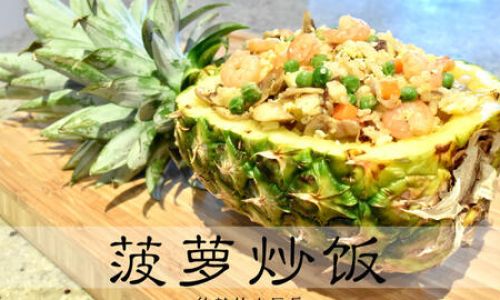
0 comments